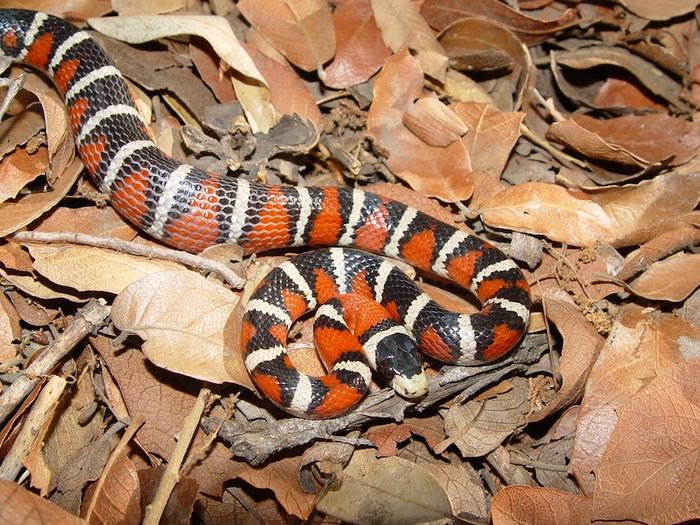Summary: A groundbreaking study from the University of Arizona reveals that Earth experienced a dramatic explosion in animal color signals during the last 100 million years. The research maps out how and when different species developed warning colors and sexual displays, showing that color vision evolved long before animals started using bright colors to communicate.
Journal: Biological Reviews, September 16, 2024, DOI: 10.1111/brv.13141 | Reading time: 4 minutes
The Mystery of Nature’s Colors
From the brilliant warnings of poison dart frogs to the spectacular displays of peacocks, color plays a vital role in the animal kingdom. But when did these vibrant signals first emerge? A new study published in Biological Reviews reveals a surprising timeline of how life on Earth became colorful.
The research team, analyzing evolutionary patterns, discovered that while animals developed color vision around 500 million years ago, the explosion in colorful displays didn’t occur until much later.
Vision Before Color
Perhaps the most intriguing finding is that animals could see colors long before they started using them for communication. Color vision evolved about 400 million years before the major surge in warning and sexual color signals.
Plants were among the first organisms to utilize bright colors, with colorful fruits appearing around 350 million years ago and flowers following suit about 200 million years ago.
The Warning Game
The study found that warning colors emerged first, about 150 million years ago. These signals, like those used by venomous snakes and toxic frogs, are five times more widespread among animals than sexual color signals.
“Warning signals are at least five times more widespread. That’s the overall pattern,” notes John J. Wiens from the University of Arizona. This prevalence makes sense because warning colors work even if the colorful species itself can’t see the signal – they just need to be visible to potential predators.
The Dating Game
Sexual color signals, which evolved about 100 million years ago, are found only in arthropods and vertebrates. This limitation exists because both males and females need advanced vision to use color in courtship displays.
The researchers identified three key groups that drove the explosion in warning signals: ray-finned fishes in marine environments, and birds and lizards on land.
Glossary
• Arthropods: A group of animals including insects, spiders, and crustaceans
• Sexual selection: The process where certain traits evolve because they help attract mates
• Warning coloration: Bright colors that signal danger to potential predators
• Vertebrates: Animals with backbones, including fish, birds, reptiles, and mammals
Reader Comprehension Quiz
1. When did color vision first evolve in animals?
Answer: About 500 million years ago
2. Which appeared first: warning colors or sexual color signals?
Answer: Warning colors, appearing about 150 million years ago
3. Why are warning colors more widespread than sexual color signals?
Answer: Because the colorful species doesn’t need to see the signal themselves for it to be effective
4. Which three groups drove the explosion in warning signals?
Answer: Ray-finned fishes, birds, and lizards
Enjoy this story? Get our newsletter! https://scienceblog.substack.com/
If our reporting has informed or inspired you, please consider making a donation. Every contribution, no matter the size, empowers us to continue delivering accurate, engaging, and trustworthy science and medical news. Independent journalism requires time, effort, and resources—your support ensures we can keep uncovering the stories that matter most to you.
Join us in making knowledge accessible and impactful. Thank you for standing with us!

